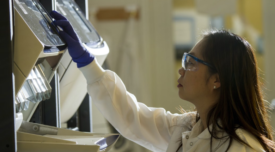Testing & Analysis
Due to the well-known risks of working with pathogens in an in-plant food laboratory, there has been a dramatic shift to outsourcing for pathogen samples
Read More
How To Develop a Sampling Plan
Sampling can be used to sample a process during operation or to sample the output of a process, such as a product lot
December 11, 2023
Never miss the latest news and trends driving the food safety industry
eNewsletter | Website | eMagazine
JOIN TODAY!Copyright ©2025. All Rights Reserved BNP Media.
Design, CMS, Hosting & Web Development :: ePublishing










.png?height=168&t=1699369261&width=275)
